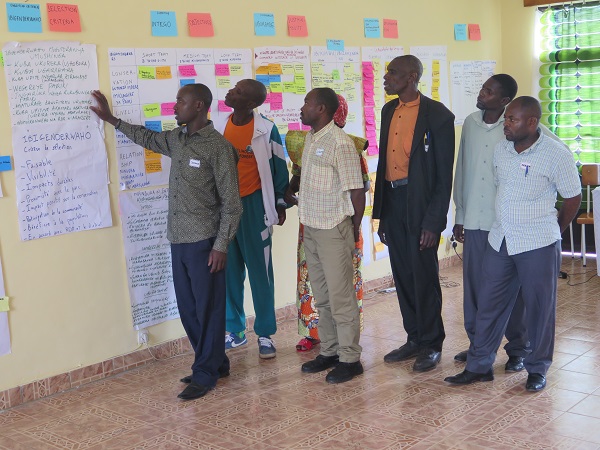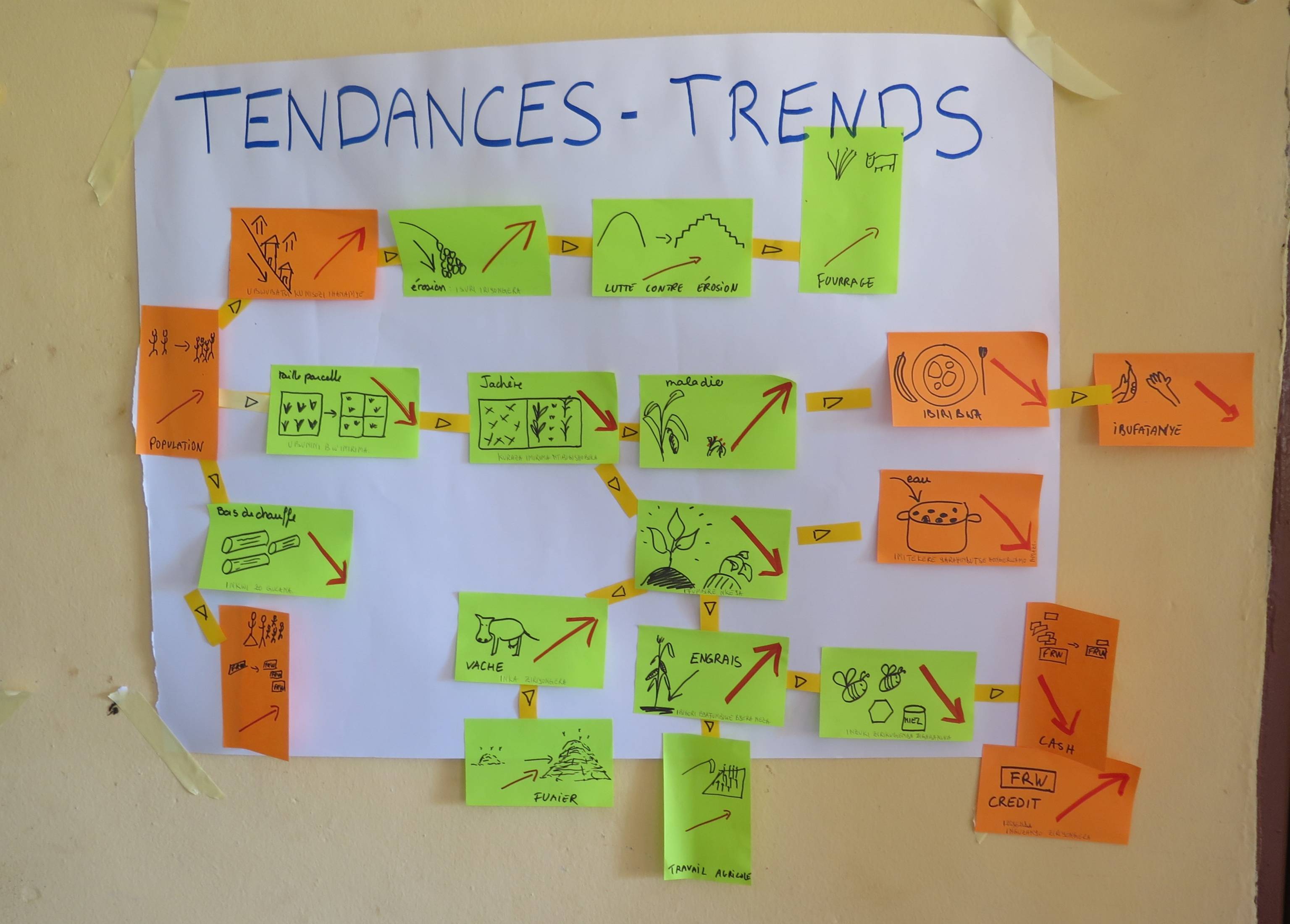Environmental Actors Stenghtening
Resilience Now works with the actors in environment, development and humanitarian aid to support them integrate resilience and sustainability in their programs and policies.
It is done thanks to trainings and a support for project conception
- Integration of sustainability and resilience in the project cycle,
- Socio-environmental resilience diagnosis, including intervention advises
- Social and environmental development projects impact evaluation
- Project conception in resilience improvement, including climate change adaptation and reduction of catastrophe risks
- Resilience and sustainability indicators definition
- Trainings in resilience, permaculture, sustainable resource management, climate change adaptation, reduction of catastrophe risks
- Actors networking and valuation of their actions


Local actions valuation and actors synergy. Resilience Now endeavours in every country where it intervenes to value the actions held by local actors. It may lead to several actions: project mapping, communication for successful projects, actors networking, support for fund seeking, project leader trainings…
Resilience Now thinks that it’s essential to not supplant the local actors and competences.
Project writing and community animation techniques training. Resilience Now trains the local conservation actors on how to write and manage a project. The trainings deals with the following themes: the main steps of the project cycle (diagnosis, writing, implementation, evaluation, communication, sharing…), the search for funds, the community animation techniques and participative animation tools, etc.


During the training, students learn how to assess the resilience of their community as well as how to make a resilience development plan for their community.
To make a resilience assessment, you have first to list the critical functions of the community, what makes it viable and enjoyable. Then you have to assess the risks that may threaten these functions: natural hazards of course, but also climate change, food insecurity, economic crisis, conflict over resources, soil impoverishment …
Resilience has components, and whenever they are integrated, the community is more resilient. For example : the diversity of the crops that are grown makes the community less vulnerable to a pest that may affect one type of crop. The feedback sensitivity, to the level of the water table for example, allow the the community to be aware of a forthcoming water shortage. The capacity for adaptation, for example because people have access to knowledge and tools, gives the capacity to change practices. The plan must help the community to manage risks, to adapt to change, to secure sufficient food and to move out of poverty. All this makes a community more resilient.

